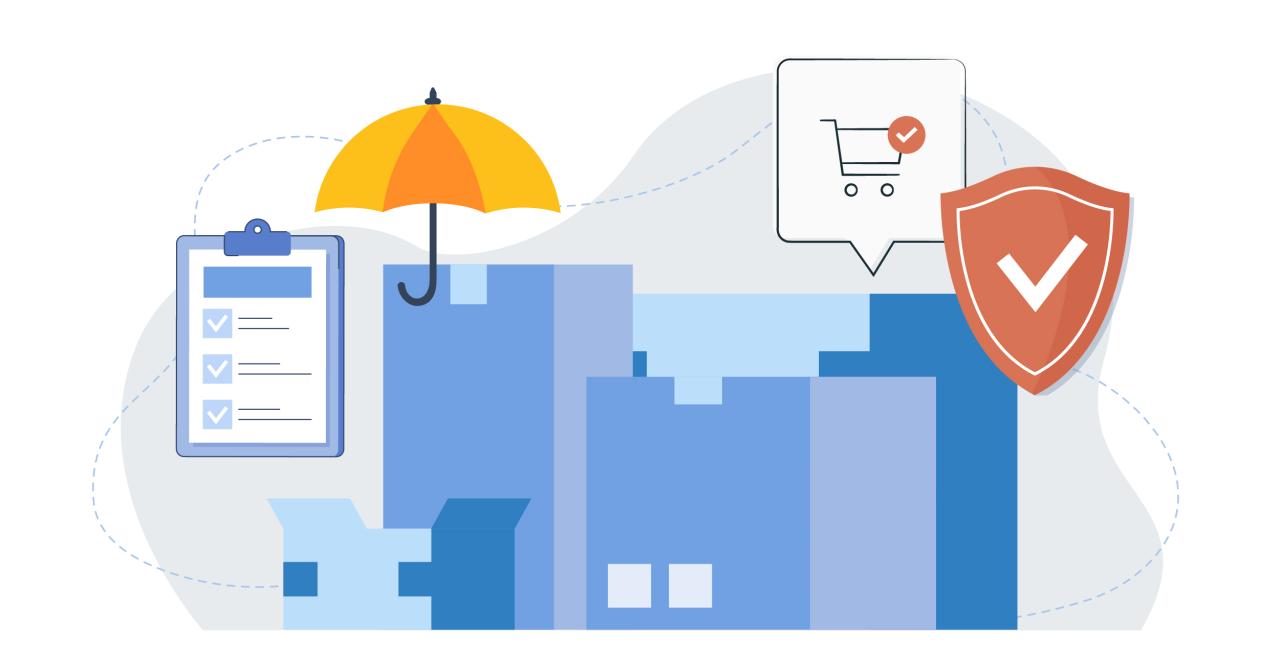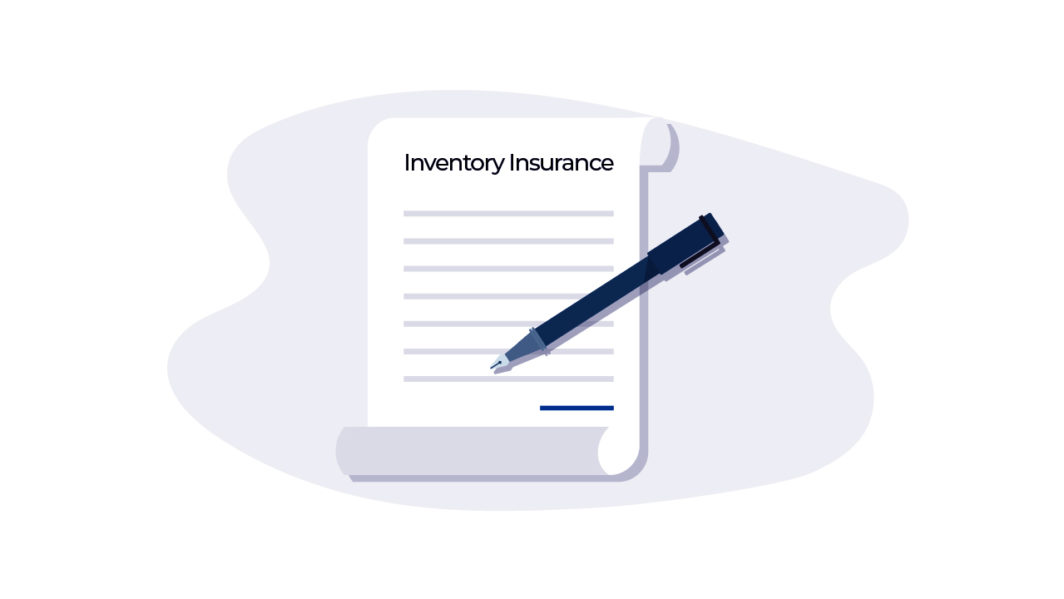Business inventory isnurance – Business inventory insurance is a crucial form of coverage that safeguards your company’s valuable assets from unforeseen events. It provides peace of mind and ensures the continuity of your operations in the face of potential losses.
This comprehensive guide will delve into the intricacies of business inventory insurance, empowering you to make informed decisions and protect your business effectively.
Understanding Business Inventory Insurance: Business Inventory Isnurance

Business inventory insurance is a type of insurance that protects businesses from financial losses due to damage or destruction of their inventory. It is an essential coverage for businesses that rely on inventory to generate revenue, such as retailers, manufacturers, and wholesalers.
The purpose of business inventory insurance is to provide financial compensation to businesses for the replacement cost of lost or damaged inventory. This can help businesses to continue operating and minimize the impact of an inventory loss on their bottom line.
Types of Coverage Available
There are two main types of business inventory insurance coverage:
- Actual cash value (ACV) coverage: This type of coverage pays the depreciated value of the lost or damaged inventory. This means that businesses will receive less money than the original cost of the inventory, but it is typically the less expensive option.
- Replacement cost coverage: This type of coverage pays the full replacement cost of the lost or damaged inventory, regardless of its age or condition. This is typically the more expensive option, but it provides businesses with more comprehensive protection.
Determining Insurance Needs

Establishing appropriate insurance coverage for business inventory requires careful consideration of potential risks and the value of the inventory. This section will guide you through the factors to assess, the process of calculating inventory value, and determining suitable coverage limits.
Assessing Inventory Risk
Identifying the factors that contribute to inventory risk is crucial. These factors include:
- Type of inventory:The nature of the inventory (e.g., raw materials, finished goods, perishable items) influences its susceptibility to damage or loss.
- Storage location:The location of the inventory, whether it’s in a warehouse, retail store, or distribution center, affects its exposure to hazards like fire, theft, or weather events.
- Security measures:The level of security measures implemented to protect the inventory, such as surveillance systems, access controls, and fire suppression systems, can mitigate risk.
Calculating Inventory Value
Determining the value of the inventory is essential for establishing appropriate coverage limits. The most common methods for calculating inventory value include:
- Cost method:This method uses the cost of acquiring the inventory, including purchase price, freight, and handling charges.
- Retail method:This method uses the retail value of the inventory, which is typically the price at which it is sold to customers.
- Market value:This method uses the current market price of the inventory, which may differ from its cost or retail value.
Formula for Cost Method:
Inventory Value = (Unit Cost x Number of Units) + Freight and Handling Charges
Determining Coverage Limits
Once the inventory value has been calculated, the next step is to determine appropriate coverage limits. The following factors should be considered:
- Inventory turnover rate:The frequency with which inventory is purchased and sold can impact the coverage limits required.
- Seasonal fluctuations:Businesses with seasonal fluctuations in inventory levels may need to adjust their coverage limits accordingly.
- Risk tolerance:The level of risk the business is willing to assume should be factored into determining coverage limits.
It’s important to consult with an insurance professional to determine the most suitable coverage limits based on the specific circumstances of the business.
Selecting an Insurance Policy

Selecting the right business inventory insurance policy is crucial for protecting your business assets. Here’s how to approach it:
It’s essential to understand the key features of a business inventory insurance policy to make an informed decision. Some of the important factors to consider include:
- Coverage limits:Determine the maximum amount of coverage you need for your inventory.
- Deductible:The amount you pay out-of-pocket before the insurance coverage kicks in.
- Covered perils:The specific events or incidents covered by the policy, such as fire, theft, or natural disasters.
- Exclusions:Any circumstances or situations not covered by the policy.
- Policy period:The duration of time the policy is in effect.
Once you understand the key features, it’s time to compare different types of policies and providers.
Compare Different Policies and Providers, Business inventory isnurance
When comparing different business inventory insurance policies, it’s important to consider the following:
- Premiums:The cost of the insurance policy.
- Coverage options:The specific types of coverage included in the policy.
- Reputation and financial stability of the insurance company:This ensures that the company can fulfill its obligations under the policy.
- Customer service:The responsiveness and helpfulness of the insurance company in handling claims.
It’s also crucial to understand the policy terms and conditions before purchasing an insurance policy.
Importance of Understanding Policy Terms and Conditions
Policy terms and conditions Artikel the specific details of your coverage, including:
- Definitions:Clear definitions of key terms used in the policy.
- Coverage details:A comprehensive description of what is covered and what is not.
- Exclusions:A list of circumstances or situations not covered by the policy.
- Claims process:The steps you need to take to file a claim and receive payment.
- Cancellation and renewal terms:The conditions under which the policy can be canceled or renewed.
By carefully reviewing and understanding the policy terms and conditions, you can ensure that you have the right coverage for your business inventory and avoid any surprises in the event of a claim.
Claims Process and Coverage

Filing a business inventory insurance claim involves a series of steps to ensure a smooth and timely settlement. Understanding the process and coverage limitations helps businesses navigate the process effectively.
Filing a Claim
- Notify the Insurance Company:Promptly report the loss or damage to your insurance carrier, providing details of the incident and estimated value of the inventory.
- Gather Evidence:Document the loss with photographs, videos, and written descriptions. Collect any invoices, receipts, or other records related to the damaged inventory.
- Submit a Claim Form:Complete the insurance claim form provided by your insurer, providing accurate and detailed information about the loss.
- Cooperate with the Adjuster:An insurance adjuster will be assigned to investigate the claim. Cooperate with the adjuster, provide requested information, and arrange for access to the damaged inventory.
Coverage Limitations and Exclusions
Business inventory insurance typically covers losses due to specific perils, such as fire, theft, and vandalism. However, there may be limitations and exclusions to coverage, including:
- Inventory Not Owned by the Insured:Inventory owned by third parties or on consignment may not be covered.
- Wear and Tear:Gradual deterioration or loss of value due to normal use is not covered.
- Intentional Acts:Losses resulting from intentional damage or theft by the insured are not covered.
- Acts of War or Terrorism:Some policies may exclude losses caused by acts of war or terrorism.
Common Claims Scenarios
- Fire:A fire in the warehouse destroys a significant portion of the inventory.
- Theft:Inventory is stolen during a break-in at the business premises.
- Natural Disaster:A hurricane or flood causes damage to the inventory stored in a facility.
- Vandalism:Vandals break into the store and damage or destroy inventory on display.
Epilogue

By understanding the importance of business inventory insurance, assessing your needs, selecting an appropriate policy, and managing it effectively, you can minimize risks, ensure the security of your assets, and maintain the smooth functioning of your enterprise.
Expert Answers
What types of events are typically covered by business inventory insurance?
Fires, theft, vandalism, natural disasters, and accidental damage are common events covered by business inventory insurance.
How is the value of inventory determined for insurance purposes?
Inventory value is typically calculated based on the cost of goods sold, including the cost of materials, labor, and overhead expenses.
What are some key factors to consider when selecting a business inventory insurance policy?
Factors to consider include the type of inventory, the value of the inventory, the level of risk, and the cost of the policy.